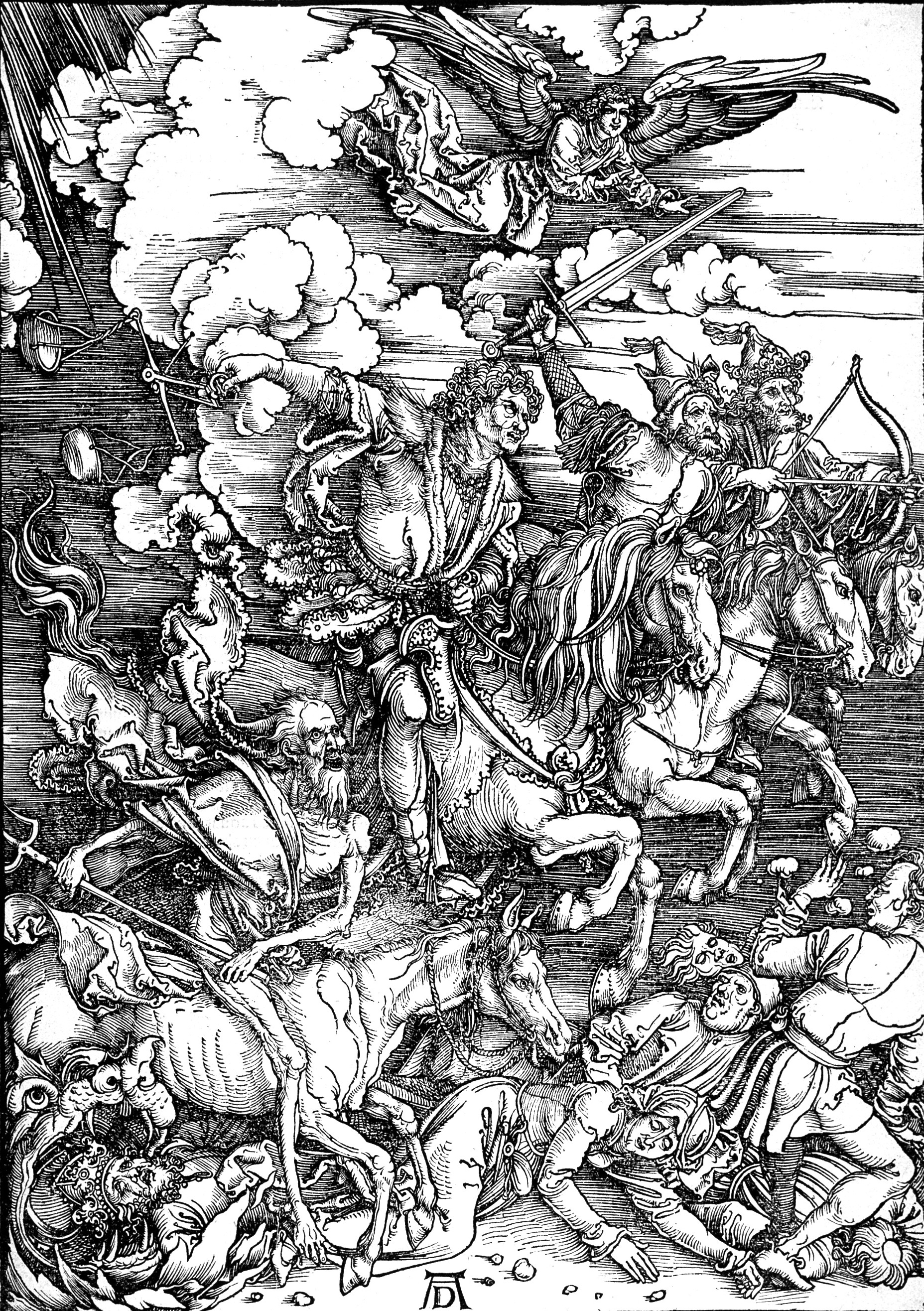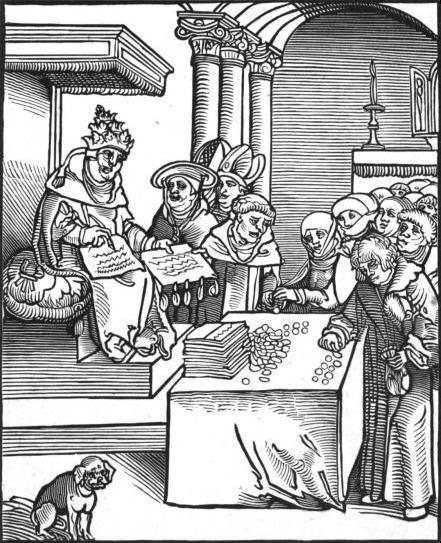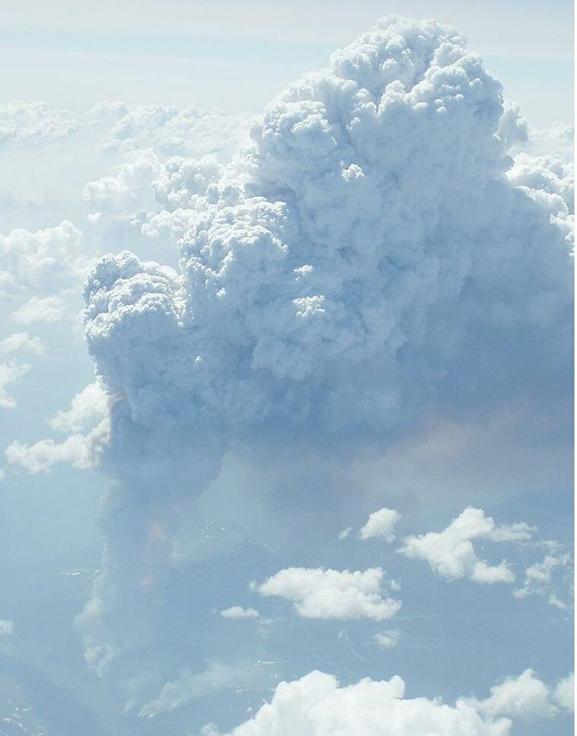|
Fimbulvetr
In Norse mythology, (commonly rendered in English as Fimbulwinter), is the immediate prelude to the events of Ragnarök. It means 'great winter'. Summary is the harsh winter that precedes the end of the world and puts an end to all life on Earth. is three successive winters, when snow comes in from all directions, without any intervening summer. Innumerable wars follow. The event is described primarily in the '' Poetic Edda''. In the poem , Odin poses the question to Vafþrúðnir as to who of mankind will survive the . Vafþrúðnir responds that Líf and Lífþrasir will survive and that they will live in the forest of Hoddmímis holt. The mythology might be related to the volcanic winter of 536, which resulted in a notable drop in temperature across northern Europe. There have also been several popular ideas about whether the particular piece of mythology has a connection to the climate change that occurred in the Nordic countries at the end of the Nordic Bronze Age f ... [...More Info...] [...Related Items...] OR: [Wikipedia] [Google] [Baidu] |
Hoddmímis Holt
In Norse mythology, Hoddmímis holt (Old Norse "Hoard-Mímir's"Simek (2007:154). holt) is a location where Líf and Lífþrasir are foretold to survive the long winters of Fimbulvetr. Hoddmímis holt is attested in the ''Poetic Edda'', compiled in the 13th century from earlier traditional sources, and the ''Prose Edda'', written in the 13th century by Snorri Sturluson. Like the very similarly named Mímameiðr, scholars generally consider ''Hoddmímis holt'' to be another name for Yggdrasil and connect it to folklore recorded from continental Germanic folklore. Attestations In the poem ''Vafþrúðnismál'', collected in the ''Poetic Edda'', the god Odin poses a question to the jötunn Vafþrúðnir, asking who among mankind will survive when the winter Fimbulvetr occurs. Vafþrúðnir responds that they will be Líf and Lífþrasir, that the two will have hidden in the wood of Hoddmímis holt, they will consume the morning dew as food, and "from them generations will spring."Larri ... [...More Info...] [...Related Items...] OR: [Wikipedia] [Google] [Baidu] |
Eschatology In Norse Mythology
Eschatology (; ) concerns expectations of the end of the present age, human history, or of the world itself. The end of the world or end times is predicted by several world religions (both Abrahamic and non-Abrahamic), which teach that negative world events will reach a climax. Belief that the end of the world is imminent is known as apocalypticism, and over time has been held both by members of mainstream religions and by doomsday cults. In the context of mysticism, the term refers metaphorically to the end of ordinary reality and to reunion with the divine. Various religions treat eschatology as a future event prophesied in sacred texts or in folklore. The Abrahamic religions maintain a linear cosmology, with end-time scenarios containing themes of transformation and redemption. In later Judaism, the term "end of days" makes reference to the Messianic Age and includes an in-gathering of the exiled Jewish diaspora, the coming of the Messiah, the resurrection of the righte ... [...More Info...] [...Related Items...] OR: [Wikipedia] [Google] [Baidu] |
Líf And Lífþrasir
In Norse mythology, Líf (identical with the Old Norse noun meaning "life, the life of the body")Cleasby & Vigfusson s.v. ''líf''. and Lífþrasir (Old Norse masculine name from ''líf'' and ''þrasir'' and defined by ''Lexicon Poëticum'' as ''"Livæ amator, vitæ amans, vitæ cupidus"'' "Líf's lover, lover of life, zest for life"),Egilsson s.v. ''Lífþrasir''. sometimes anglicized as Lif and Lifthrasir, female and male respectively, are two humans who are foretold to survive the events of Ragnarök by hiding in a wood called Hoddmímis holt and, after the flames have abated, to repopulate the newly risen and fertile world. Líf and Lífþrasir are mentioned in the ''Poetic Edda'', which was compiled in the 13th century from earlier traditional sources, and the ''Prose Edda'', written in the 13th century by Snorri Sturluson. Many scholars have speculated as to the underlying meaning and origins of the two names. Attestations In the poem ''Vafþrúðnismál'', collected in the ... [...More Info...] [...Related Items...] OR: [Wikipedia] [Google] [Baidu] |
Eschatology
Eschatology (; ) concerns expectations of the end of the present age, human history, or of the world itself. The end of the world or end times is predicted by several world religions (both Abrahamic and non-Abrahamic), which teach that negative world events will reach a climax. Belief that the end of the world is imminent is known as apocalypticism, and over time has been held both by members of mainstream religions and by doomsday cults. In the context of mysticism, the term refers metaphorically to the end of ordinary reality and to reunion with the divine. Various religions treat eschatology as a future event prophesied in sacred texts or in folklore. The Abrahamic religions maintain a linear cosmology, with end-time scenarios containing themes of transformation and redemption. In later Judaism, the term "end of days" makes reference to the Messianic Age and includes an in-gathering of the exiled Jewish diaspora, the coming of the Messiah, the resurrection of the righte ... [...More Info...] [...Related Items...] OR: [Wikipedia] [Google] [Baidu] |
Norse Mythology
Norse, Nordic, or Scandinavian mythology is the body of myths belonging to the North Germanic peoples, stemming from Old Norse religion and continuing after the Christianization of Scandinavia, and into the Nordic folklore of the modern period. The northernmost extension of Germanic mythology and stemming from Proto-Germanic folklore, Norse mythology consists of tales of various deities, beings, and heroes derived from numerous sources from both before and after the pagan period, including medieval manuscripts, archaeological representations, and folk tradition. The source texts mention numerous gods such as the thunder-god Thor, the raven-flanked god Odin, the goddess Freyja, and numerous other deities. Most of the surviving mythology centers on the plights of the gods and their interaction with several other beings, such as humanity and the jötnar, beings who may be friends, lovers, foes, or family members of the gods. The cosmos in Norse mythology consists of Nine Worl ... [...More Info...] [...Related Items...] OR: [Wikipedia] [Google] [Baidu] |
Nordic Countries
The Nordic countries (also known as the Nordics or ''Norden''; literal translation, lit. 'the North') are a geographical and cultural region in Northern Europe and the Atlantic Ocean, North Atlantic. It includes the sovereign states of Denmark, Finland, Iceland, Norway and Sweden; the autonomous administrative division, autonomous territories of the Faroe Islands and Greenland; and the autonomous region of Åland. The Nordic countries have much in common in their way of life, History of Scandinavia, history, religion and Nordic model, social structure. They have a long history of political unions and other close relations but do not form a singular entity today. The Scandinavism, Scandinavist movement sought to unite Denmark, Norway and Sweden into one country in the 19th century. With the dissolution of the union between Norway and Sweden (Norwegian independence), the independence of Finland in the early 20th century and the 1944 Icelandic constitutional referendum, this move ... [...More Info...] [...Related Items...] OR: [Wikipedia] [Google] [Baidu] |
John Lindow
John Frederick Lindow (born July 23, 1946) is an American philologist who is Professor Emeritus of Old Norse and Folklore at University of California, Berkeley. He is a well known authority on Old Norse religion and literature. Biography John Lindow was born in Washington, D.C. on July 23, 1946, the son of Wesley Lindow and Eleanor Niemetta. His father was a banker and his mother was a teacher. John Lindow received his undergraduate degree at Harvard University, where he gained a A.B. magna cum laude in 1968, and a PhD in 1972, both in Germanic Languages and Literatures. After gaining his Ph.D, Lindow joined the faculty at University of California, Berkeley, serving as Acting Assistant Professor (1972-1974), Assistant Professor (1974-1977), Associate Professor (1977-1983), and Professor of Scandinavian (1983-?). He was since retired as Professor Emeritus of Old Norse and Folklore. In 1977, Lindow was elected as a corresponding member of the Royal Gustavus Adolphus Academy. In ... [...More Info...] [...Related Items...] OR: [Wikipedia] [Google] [Baidu] |
Volcanic Winter
A volcanic winter is a reduction in global temperatures caused by volcanic ash and droplets of sulfuric acid and water obscuring the Sun and raising Earth's albedo (increasing the reflection of solar radiation) after a large, particularly explosive volcanic eruption. Long-term cooling effects are primarily dependent upon injection of sulfur gases into the stratosphere where they undergo a series of reactions to create sulfuric acid which can nucleate and form aerosols. Volcanic stratospheric aerosols cool the surface by reflecting solar radiation and warm the stratosphere by absorbing terrestrial radiation. The variations in atmospheric warming and cooling result in changes in tropospheric and stratospheric circulation. Historic examples The effects of volcanic eruptions on recent winters are modest in scale, but historically have been significant. Toba supereruption A proposed volcanic winter occurred around 71,000–73,000 years ago following the supereruption of Lake Toba on S ... [...More Info...] [...Related Items...] OR: [Wikipedia] [Google] [Baidu] |
Nuclear Winter
Nuclear winter is a severe and prolonged global climatic cooling effect that is hypothesized to occur after widespread firestorms following a large-scale nuclear war. The hypothesis is based on the fact that such fires can inject soot into the stratosphere, where it can block some direct sunlight from reaching the surface of the Earth. It is speculated that the resulting cooling would lead to widespread crop failure and famine. When developing computer models of nuclear-winter scenarios, researchers use the conventional bombing of Hamburg, and the Hiroshima firestorm in World War II as example cases where soot might have been injected into the stratosphere, alongside modern observations of natural, large-area wildfire-firestorms. General "Nuclear winter," or as it was initially termed, "nuclear twilight," began to be considered as a scientific concept in the 1980s, after it became clear that an earlier hypothesis, that fireball generated NOx emissions would devastate the ozon ... [...More Info...] [...Related Items...] OR: [Wikipedia] [Google] [Baidu] |
Laki
Laki () or Lakagígar (, ''Craters of Laki'') is a volcanic fissure in the western part of Vatnajökull National Park, Iceland, not far from the volcanic fissure of Eldgjá and the small village of Kirkjubæjarklaustur. The fissure is properly referred to as Lakagígar, while Laki is a mountain that the fissure bisects. Lakagígar is part of a volcanic system centered on the volcano Grímsvötn and including the volcano Þórðarhyrna. It lies between the glaciers of Mýrdalsjökull and Vatnajökull, in an area of fissures that run in a southwest to northeast direction. The system erupted violently over an eight-month period between June 1783 and February 1784 from the Laki fissure and the adjoining volcano Grímsvötn, pouring out an estimated 42 billion tonnes or of basalt lava and clouds of poisonous hydrofluoric acid and sulfur dioxide compounds that contaminated the soil, leading to the death of over 50% of Iceland's livestock population, and the destruction of the va ... [...More Info...] [...Related Items...] OR: [Wikipedia] [Google] [Baidu] |
Svenska Akademiens Ordbok
A complete set of ''Svenska Akademiens ordbok'', as of late 2014. The majority of the volumes remain unbound in this set. ''Svenska Akademiens ordbok'' (), abbreviated SAOB, is a dictionary published by the Swedish Academy, with the official title ''Ordbok över svenska språket utgiven av Svenska Akademien''. This dictionary is the Swedish counterpart of the ''Oxford English Dictionary'' (OED) or the ''Deutsches Wörterbuch'' (DWB). Work on the dictionary started in 1787 and the first volume was published in 1898 and as of 2021, when the latest volume appeared, work has progressed to the letter Å inclusively, leaving only the letters Ä and Ö to be finished. The dictionary has approximately 450,000 main entries. The searchable web version has been available since 1997. See also *''Svenska Akademiens ordlista ''Svenska Akademiens ordlista'' (, "Word list of the Swedish Academy"), abbreviated SAOL, is a spelling dictionary published every few years by the Swedish Academy. I ... [...More Info...] [...Related Items...] OR: [Wikipedia] [Google] [Baidu] |
Old Norse
Old Norse, Old Nordic, or Old Scandinavian, is a stage of development of North Germanic languages, North Germanic dialects before their final divergence into separate Nordic languages. Old Norse was spoken by inhabitants of Scandinavia and their Viking expansion, overseas settlements and chronologically coincides with the Viking Age, the Christianization of Scandinavia and the consolidation of Scandinavian kingdoms from about the 7th to the 15th centuries. The Proto-Norse language developed into Old Norse by the 8th century, and Old Norse began to develop into the modern North Germanic languages in the mid-to-late 14th century, ending the language phase known as Old Norse. These dates, however, are not absolute, since written Old Norse is found well into the 15th century. Old Norse was divided into three dialects: Old West Norse, ''Old West Norse'' or ''Old West Nordic'' (often referred to as ''Old Norse''), Old East Norse, ''Old East Norse'' or ''Old East Nordic'', and ''Ol ... [...More Info...] [...Related Items...] OR: [Wikipedia] [Google] [Baidu] |






.jpg)
